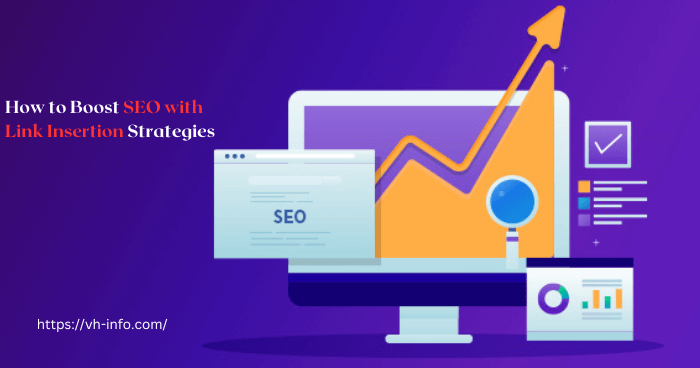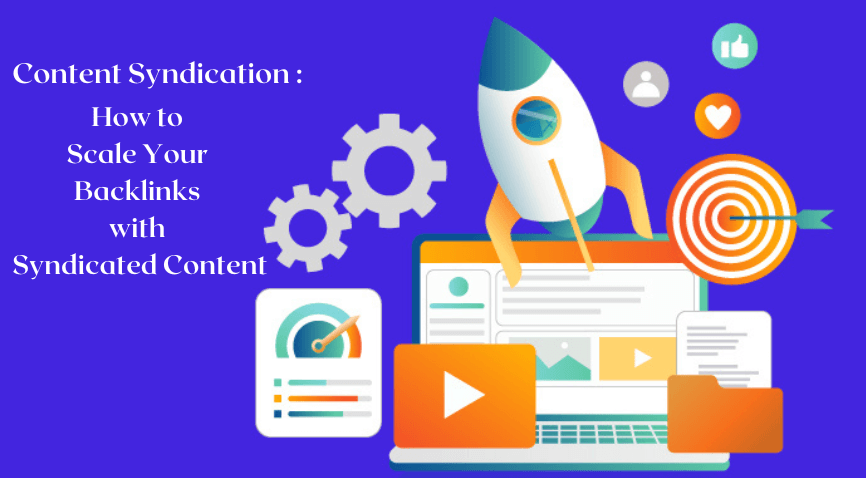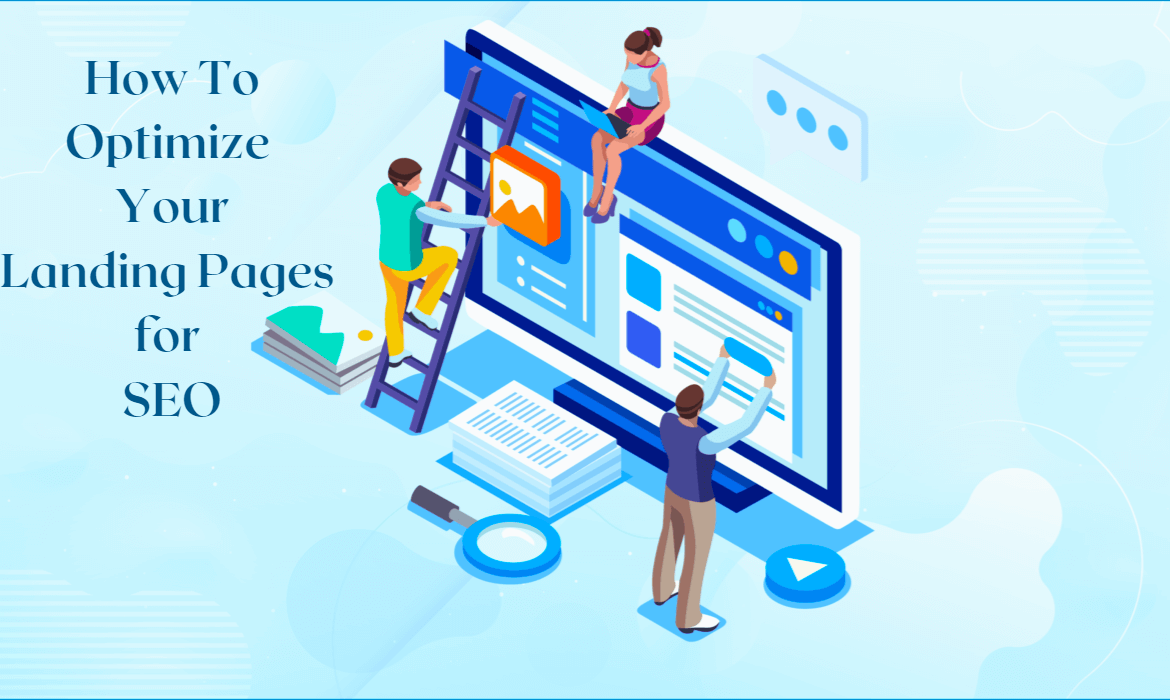Search engine optimization (SEO) is in responsible of your domain authority, search engine ranking, and driving your content toward your targeted goals of brand exposure, thought leadership, and new opportunities.
The problem with SEO is that a desire to discover a quick road to success can bring you to the wrong side of Google rankings, and once there, it’s extremely tough to go back. So, from the start, you must select pros who know the good from the bad.
Although link insertion has had a poor rap over the years (due to reckless techniques that resulted in penalties), it is still one of the most effective ways to market your content as an authoritative resource. There is a method to make it right and work for your organization, which this post will discuss.
What Is Link Insertion?
Link insertion is a step in the link building process that involves inserting a link into pre-existing content on a relevant website. This is usually accomplished by making direct contact with the right resource in order to improve the reader’s experience.
Let’s assume an article on current trends in sales development covers outbound email marketing or data segmentation—this may be an excellent spot to include a backlink to guidelines on these topics. These guides can provide more in-depth information on the concepts presented, as well as direct traffic and potential prospects into the sales funnel. That is precisely how link insertion should function.
The link between topically relevant websites provides value to the reader while also opening doors for the company linked from there. It is a white-hat SEO approach and an important component of the link-building process.
Link building is a larger phrase that covers guest posting and internal linking, whereas link insertion is in charge of link exchange and administration (since the content is not static, some links may disappear over time and an SEO team should keep track of that).
What Is the Importance of Link Insertion in SEO?
Link insertion, as part of link building outsource , fulfills the aim of bringing in traffic, forming partnerships, disseminating thought leadership, and improving brand awareness. But why is it such a valuable method?
It works well. Link insertion offers fewer steps and a faster return on page metrics than guest articles, which need a team to discover an acceptable resource, come up with a topic, and develop (write, edit, and design) a piece of content.
It’s not illegal. Using black-hat SEO might harm your reputation and anger Google. Searching for collaborations and exchanging pertinent links is perfectly appropriate and white hat.
It’s exact. A competent link builder will look for material that is as particular as you want for your link (based on region, topic, market segment, domain authority, etc.) and will be receptive to feedback and changes to the current plan.
Effective Link Insertion Implementation Techniques

Link insertion goes like this: You locate a resource, get in touch with them, offer your value, discuss the terms, and wait for the link to be placed. But what is required for it to function in reality?
1. Locate the appropriate source
The first thing you should do is specify which website factors—their writing themes, authority, and terms of cooperation—matter most to your link-insertion activities. Look into the best resources available; although they may be challenging to access, they are worthwhile. Additionally, search for sectors that are close to your own, i.e., those that are relevant and either make reference to or utilize your services.
2. Use all available tools
Although link building and link insertion are crucial, they function best when a supporting factor is present: Continue to provide high-quality content on a regular basis through your blog, social media accounts with a sizable readership, a podcast that offers thought leadership on current trends, newsletters, etc. You should make advantage of every available instrument to maximize your authority and rating through all of these marketing initiatives.
3. Keep moving
You can always do more; there is no magic number of links that guarantees success. This does not suggest you should slow down once you start seeing results from link insertions. In fact, this shows you are headed in the right direction. Keep an eye on current links, replace them if necessary, and continue looking for new ones.
Advantages of link building in SEO
The following are some major advantages of link building for search engine optimization:
Improves authority
Having a consistent link-building strategy is the ultimate goal of link building in order to stand out from the competition. In order for your target audience to view you as a reliable brand or business, ecommerce link building contributes to credibility.
Continuous Referral Traffic
A link on a reputable website can guarantee you long-term, consistent referral traffic. Having high-quality backlinks is more significant than having a lot of them. One backlink from a reputable website is preferable than ten links from low-quality sites.
Social media visibility
After a certain point, many brands criticize their stagnation. You can guide traffic to your social media platforms by sharing links to them through link building. Visibility on social media will rise as a result.
Increases Search Engine Visibility
The Google web crawlers favor links with both quality and quantity. It can really help to boost rankings when your website has quality external links, which will increase your visibility.
Help increase website traffic
Your rankings are boosted by backlinks, which increase your website’s visibility. Your website will receive more traffic as it rises in the rankings. It will assist in bringing you targeted visitors, which is a fantastic measure of how well your website is performing.
Increased conversions
Your website traffic will rise with increased visibility, which may result in more possible conversions.
Better site performance
Building links will have a favorable effect on your SEO, DA metrics. With quality backlinks, your domain ranking, page ranks, etc. will rise. Additionally, it reduces bounce rates.
Developing relationships with a specific audience
Link building also enables users to establish a connection with a certain target market. You can establish a long-lasting relationship with this narrow target group, for instance, if you create links on a website for specialty automobiles and point the audience there to your website for niche car repair services.
Builds credibility
Links are crucial since they assess the legitimacy of your website because external links serve as independent indicators of your domain’s authority power. Google wants to deliver the top and most relevant search engine results to its users. Your website’s credibility will increase with the amount of high-quality connections it receives.
Improves Google ranks
Backlinks are crucial for ranking on a SERP (search engine result page). Even though the website may have quality material, it is actually quite difficult to rank on Google without backlinks. It is crucial to have more backlinks overall and high-quality ones in order to outperform your rivals.
Link Insertion Practices: Do’s and Don’ts
There are some practices you should be aware of whether you are developing a new strategy internally or outsourcing link-building services:
Remember to consider the user experience
A link builder considers location, keywords, and the link’s value to the business while placing links. A link should seem natural and fit within the article’s narrative. It need to be original and offer insightful data about the subject.
Expert Tip: Don’t forget about the person reading your article when you’re inserting manual links; make an effort to be as personalized as you can.
Do focus on topical relevance
Domain authority (DA) should not be your primary criterion while searching for potential link insertion collaborations, even though it is a good indicator of where the page will appear on the search engine result page (SERP). Pay close attention to how applicable the website and its content are to your company. You’ll be able to build a wider and more robust network of relationships this way, just as in real life.
Don’t buy links
Despite being highly effective and prominent in the past, this approach is now more prevalent on the illicit market. It’s alluring to just contact a source and purchase a link, but there are several things that could go wrong:
- It may be regarded as a link scheme and goes against Google’s policies.
- By providing money in exchange for links rather than value, you risk losing your authority.
- Your link might be placed with low-quality content, which would be undesirable.
Don’t invest in quantity over quality.
Don’t get us wrong: we understand that quantity is also crucial. However, it is more about consistency and predictability than volume. A link that is spammy or inserted at random without regard for content relevancy may not only be penalized by Google, but it may also harm your link insertion efforts.
In our essay on why you should outsource link building, we discuss what makes a link good.
Link Insertion FAQs
Are link placements secure?
Link insertions have earned a bad rap in recent years due to merchants operating on spammy sites; yet, if done appropriately, they are completely safe and useful for link building.
How long till I can view the results?
If you outsource these services to a professional vendor, your link profile should begin to appear three to four weeks after you begin, but this will depend on the volume of material and links required.
How many links do I require?
The quantity of links is determined by the health of your SEO, the content on your website at the time, and your rivals. A link-building expert can assist you in determining what your website need and how to get it.
How long will the placements be in effect?
Most content remains in place for an extended period of time, but a good link builder will do a regular audit to determine whether links are still in place or need to be removed or updated.
Where are links placed in the content?
Although some links should be placed near the beginning of the article, in general, a good link should be positioned where it is important so that it does not disrupt the flow of reading.
Advance Your SEO With Link Insertions
Link insertion is not a new way of link creation, but it is far from obsolete. It takes time and requires close supervision, but it is ideal for obtaining link placement on respectable and related websites. It brings up new opportunities, and a wise marketer should not pass it up.


